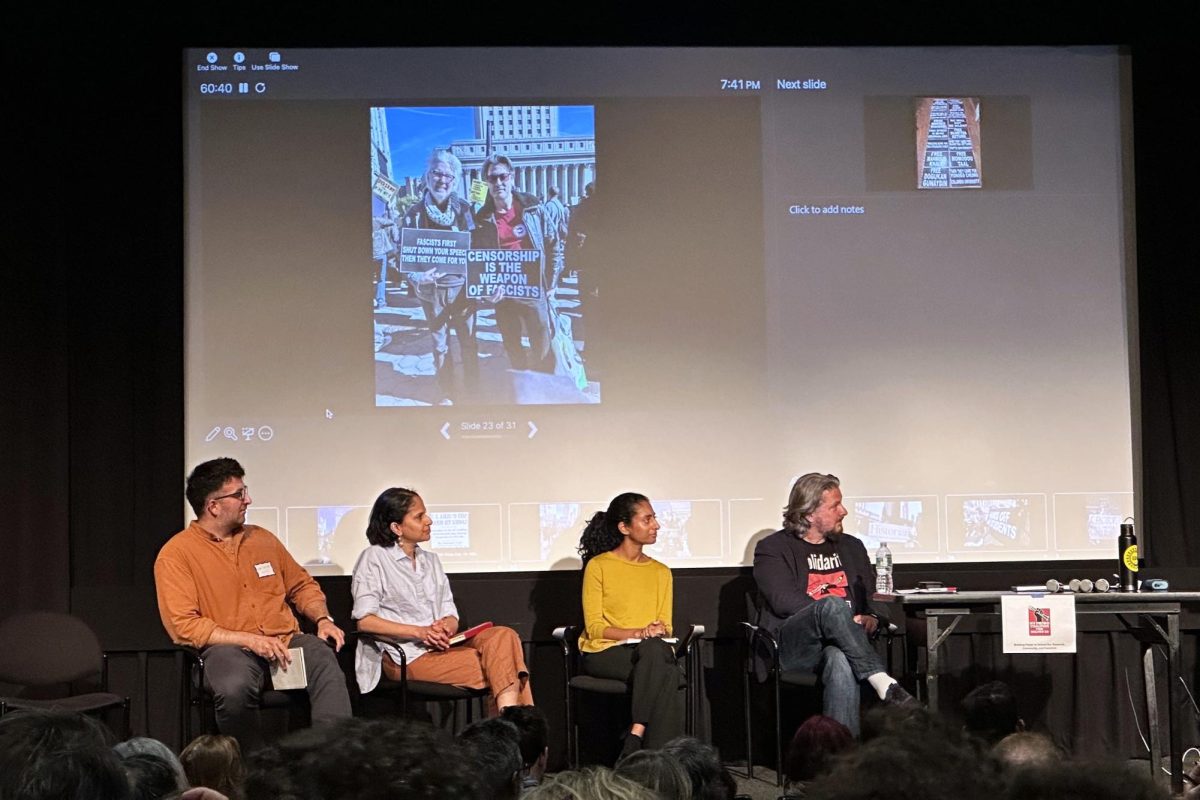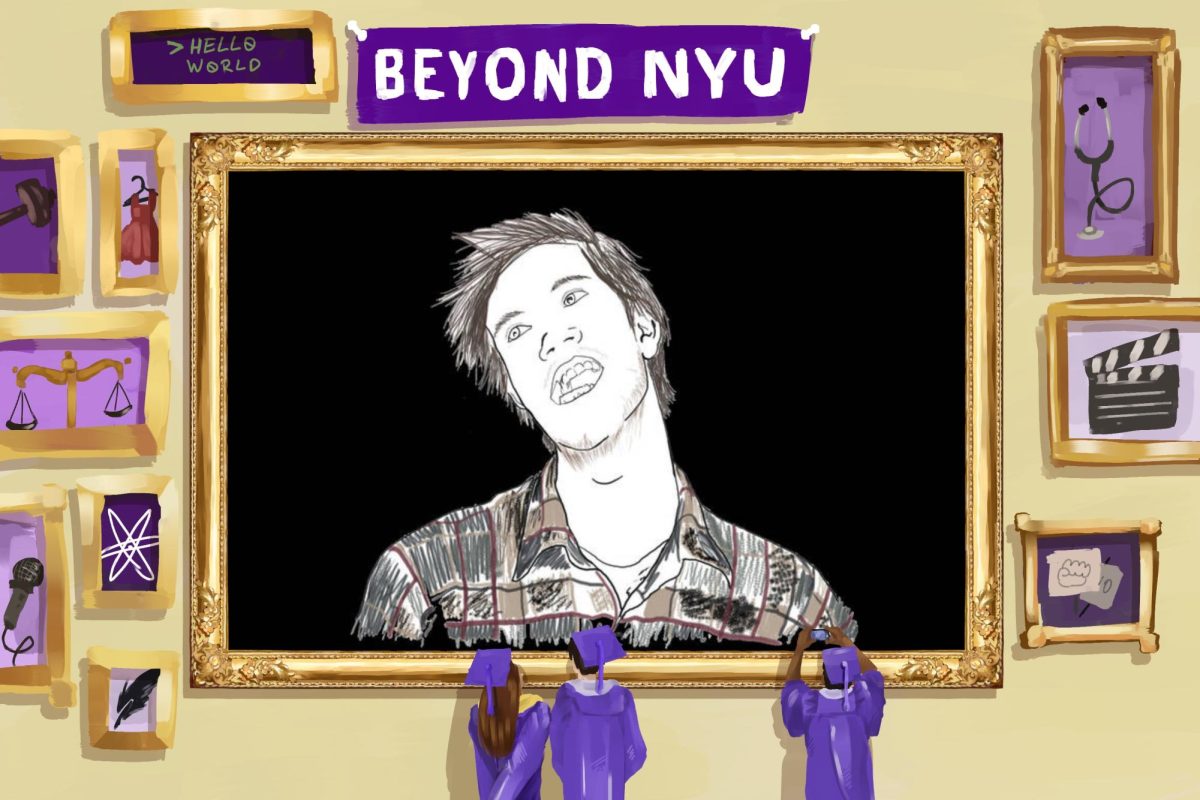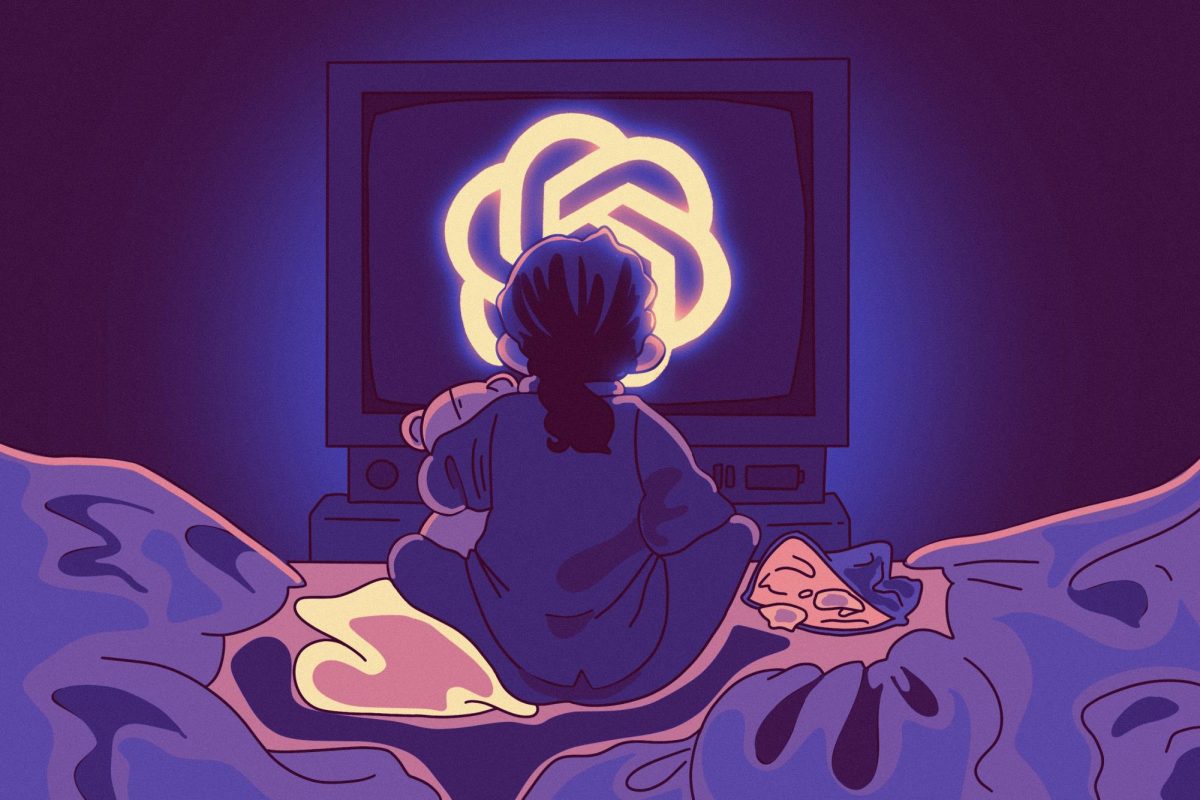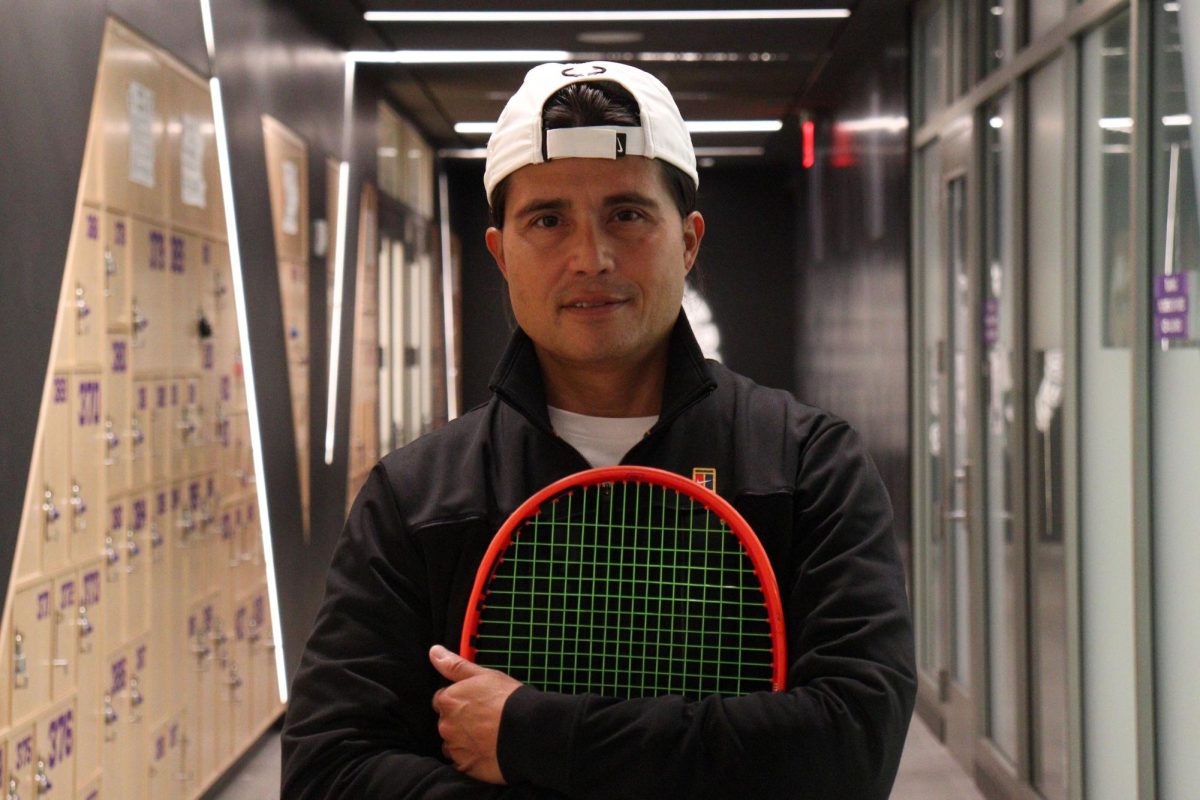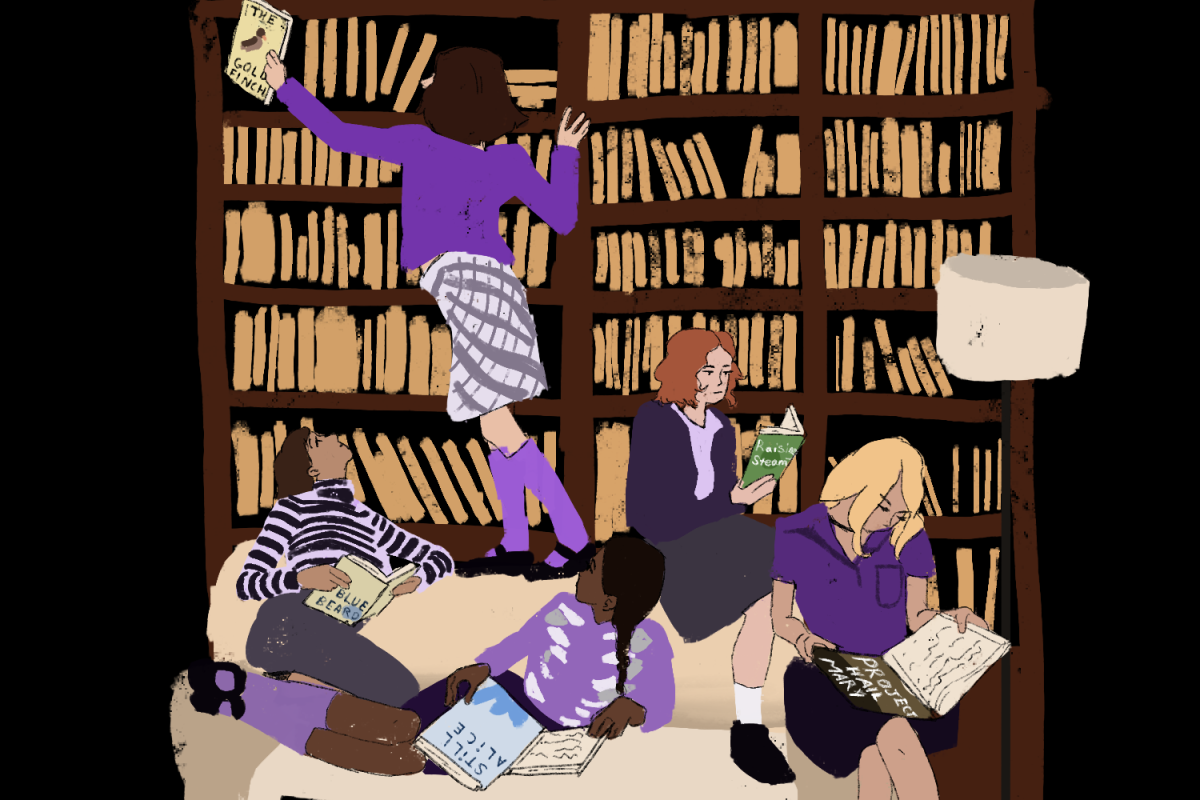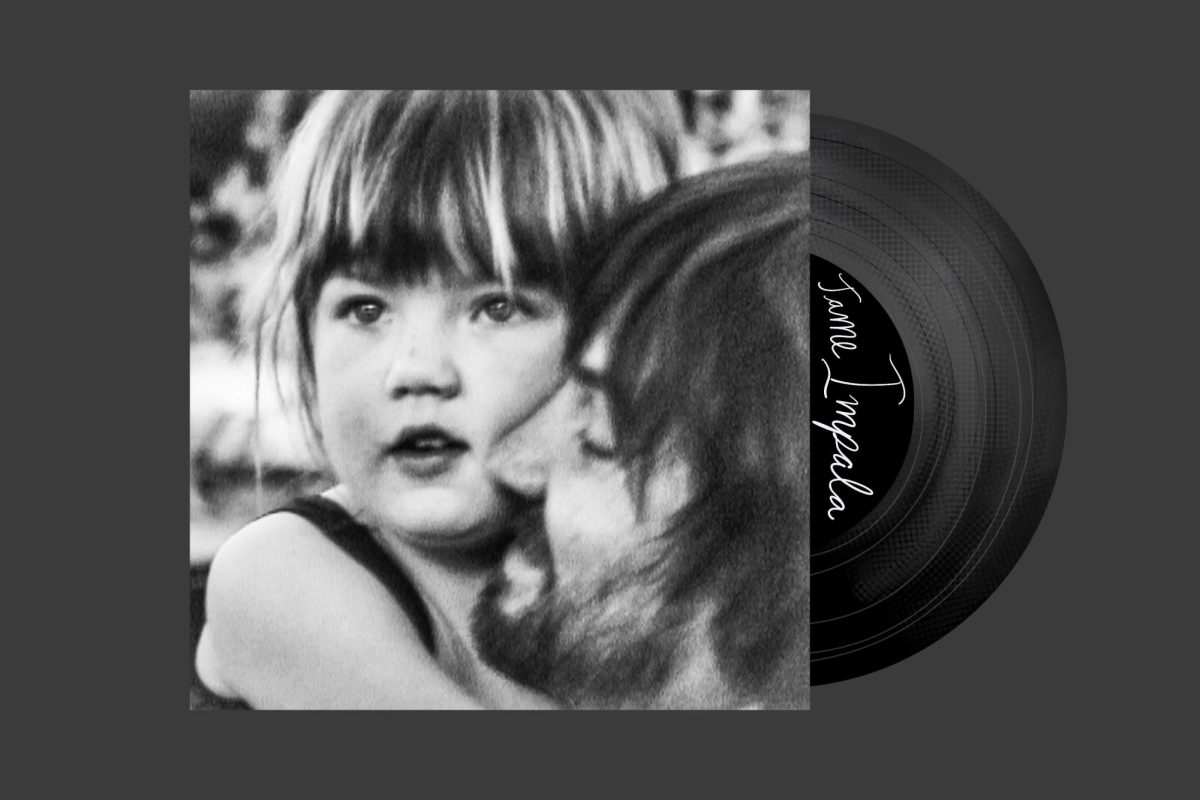Religion in America is a contentious subject. Forget the disagreements between Christians, Jews and Muslims, and forget the clashes between each of the dozens of other religious and atheist groups in our nation. The conflict within each religion is where the heated debate truly arises. Reform, conservative, orthodox, Reconstructionist, evangelical, mainline — the list goes on. At the center of these ideological divisions are practicing Catholics, who over the years have had to choose between remaining steadfast in their loyalty to a religious leader and conceding to more modern beliefs.
The Catholic Church in Vatican City has been the focus of international media attention in recent weeks following the resignation announcement of Pope Benedict XVI — the first such abdication since 1415. His plans to retire from the papacy have raised new questions in regards to the Church’s declining membership, its declining legitimacy and its declining relevancy around the world.
When referring to the legitimacy of any religion, it would be prudent to look objectively at its practical functions, teachings and practices. From the perspective of atheists, the Pope’s decision to step down has most likely only been a confirmation of their criticism. To a true believer in the Church, though, it must be a huge blow.
For Catholics seeking a public acknowledgement of wrongdoing — a condemnation of the horrific incidents occurring under the Pope’s supervision — there is no reprieve. Of course, the majority of Catholics remain steadfast in their loyalty, but those on the liberal side have voiced concerns about the moral standards of the Church, and how these scandals affect them. A Pope implicated in a cover-up, books published regarding leaked documents from the Vatican, exposing corruption — each problem marks a slip in confidence.
As the world surrounding religious people changes, so must their beliefs to match the times. A religion out of context is essentially useless. There is significant pressure on the Catholic Church to concede some of their views — to relax their attitudes against contraception and gay marriage, in particular.
The Church’s general inability to conform to modernization of religion leads one to ask whether its failure to adjust to changes in societal norms will lead to a decline in members, which is a question that has already been answered.
The rate of Americans practicing Catholicism has remained steady over the decades, but the percentages are misleading. Almost half of practicing Catholics in America are Latino. The influx of immigrants offsets the rate of Americans leaving Catholicism: while almost one-third of Americans were raised Catholic, only about one-fourth still identify themselves as Catholic.
The real question to ask is how quickly this decline will continue. It is not to say that Catholicism is disappearing as a religion — of course, an outrageous claim — but there is a clear disconnect between the Church and many of its followers.
The Pope, the Church and their assertive presence in the world are symbols for faith and religious guidance. The idea, even, of such a religious leader is one of comfort for many Catholics. However, in the Pope’s endeavor to save face, to maintain his high esteem by ignoring conflict, he has done exactly the opposite for the Church. Some Catholics seem to be trapped between two extremely attractive standards; the antiquity and prestige of an established network of support, and the prospect of worshipping with a clear conscience. The gap between followers and leaders will only widen unless the questions are answered, wrongdoings are admitted and openness to development and change is accepted.
Nina Golshan is a staff columnist. Email her at [email protected].

